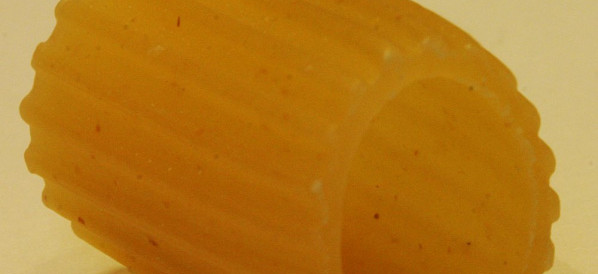 23 Terms
23 TermsHome > Terms > Serbian (SR) > апропријација
апропријација
As a term in art history and criticism refers to the more or less direct taking over into a work of art of a real object or even an existing work of art. The practice can be tracked back to the Cubist collages and constructions of Picasso and Georges Braque made from 1912 on, in which real objects such as newspapers were included to represent themselves. Appropriation was developed much further in the readymades created by the French artist Marcel Duchamp from 1915. Most notorious of these was Fountain, a men's urinal signed, titled, and presented on a pedestal. Later, Surrealism also made extensive use of appropriation in collages and objects such as Salvador Dalí's Lobster Telephone. In the late 1950s appropriated images and objects appear extensively in the work of Jasper Johns and Robert Rauschenberg, and in Pop art. However, the term seems to have come into use specifically in relation to certain American artists in the 1980s, notably Sherrie Levine and the artists of the Neo-Geo group particularly Jeff Koons. Sherrie Levine reproduced as her own work other works of art, including paintings by Claude Monet and Kasimir Malevich. Her aim was to create a new situation, and therefore a new meaning or set of meanings, for a familiar image. Appropriation art raises questions of originality, authenticity and authorship, and belongs to the long modernist tradition of art that questions the nature or definition of art itself. Appropriation artists were influenced by the 1934 essay by the German philosopher Walter Benjamin, The Work of Art in the Age of Mechanical Reproduction, and received contemporary support from the American critic Rosalind Krauss in her 1985 book The Originality of the Avant-Garde and Other Modernist Myths. Appropriation has been used extensively by artists since the 1980s.
- Loại từ: noun
- Từ đồng nghĩa:
- Blossary:
- Ngành nghề/Lĩnh vực: Art history
- Category: General art history
- Company: Tate
- Sản phẩm:
- Viết tắt-Từ viết tắt:
Ngôn ngữ khác:
Bạn muốn nói gì?
Terms in the News
Featured Terms
ригатони
A large ribbed (grooved), tubular pasta that is cut into segments approximately 2 to 3 inches in length.
Người đóng góp
Featured blossaries
Sanket0510
0
Terms
22
Bảng chú giải
25
Followers
Badminton; Know your sport
 23 Terms
23 TermsBrowers Terms By Category
- Body language(129)
- Corporate communications(66)
- Oral communication(29)
- Technical writing(13)
- Postal communication(8)
- Written communication(6)
Communication(251) Terms
- Contracts(640)
- Home improvement(270)
- Mortgage(171)
- Residential(37)
- Corporate(35)
- Commercial(31)
Real estate(1184) Terms
- World history(1480)
- Israeli history(1427)
- American history(1149)
- Medieval(467)
- Nazi Germany(442)
- Egyptian history(242)
History(6037) Terms
- Human evolution(1831)
- Evolution(562)
- General archaeology(328)
- Archaeology tools(11)
- Artifacts(8)
- Dig sites(4)
Archaeology(2749) Terms
- Automobile(10466)
- Motorcycles(899)
- Automotive paint(373)
- Tires(268)
- Vehicle equipment(180)
- Auto parts(166)



